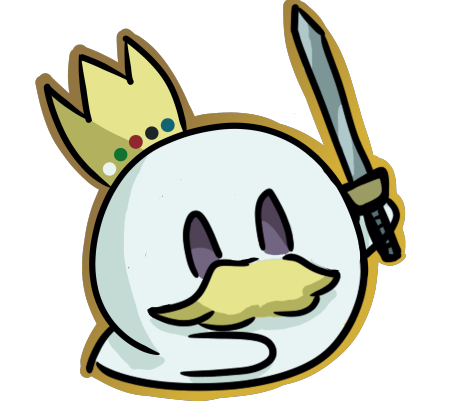Beginners in betting often choose proven platforms for their first bets, for example Parimatch, where they can study the mechanism of working with different odds in practice.
A high odds means that the event is unlikely according to the bookmaker's analysts. A low odds indicates a high chance of the forecast being realized. Betters use this data to assess the risks and potential profit from each bet.
How bookmakers create odds
The process of setting odds begins long before the match. The analytical departments of bookmakers collect information about the teams, study the statistics of previous meetings, and analyze the current state of the players. Specialists take into account many variables: home field, motivation, weather conditions, the psychological state of the athletes.
After collecting the data, mathematicians translate all factors into numerical values. Each outcome is assigned a percentage probability. These percentages are then converted into odds by dividing 100 by the probability of the event. The company's margin is added to the result, which guarantees a profit regardless of the outcome of the competition.
Main types of odds
Bookmakers offer odds in different formats for the convenience of customers from different countries:
● Decimals show the final payout including the return of the bet.
● Fractional ones show the net profit relative to the bet size.
● American ones are expressed through positive or negative numbers from a base of 100 units.
The decimal format has become the standard for most European sites. The player immediately sees how much money he will receive if the forecast is successful. A bet of $ 200 on odds of 1.75 will give a payout of $ 350.
Reasons for odds fluctuations
Bookmakers' quotes are constantly changing before the start of the event. Traders monitor news about team lineups, injuries to key players, changes in tactical schemes. Any information that can affect the result is immediately reflected in the line.
Players' behavior also affects the movement of odds. If most punters bet on one team, the bookmaker reduces the odds on this outcome. At the same time, the odds on alternative options increase. This approach helps bookmakers balance financial risks.
Calculating winnings by odds
Calculating potential winnings does not require complex formulas. The punter multiplies the bet amount by the odds of the selected event. The result shows the total payout, including the return of the initial money.
Example: a bet of $80 on a team with odds of 3.0 will bring $240 with the correct forecast. The net profit will be $160 after deducting the initial bet. Experienced punters always compare offers from different bookmakers, looking for the most favorable odds. A difference of several points can significantly increase the profitability of a strategy in the long term. A correct understanding of how odds work helps to make informed decisions when choosing bets.











— Comments 0
, Reactions 1
Be the first to comment